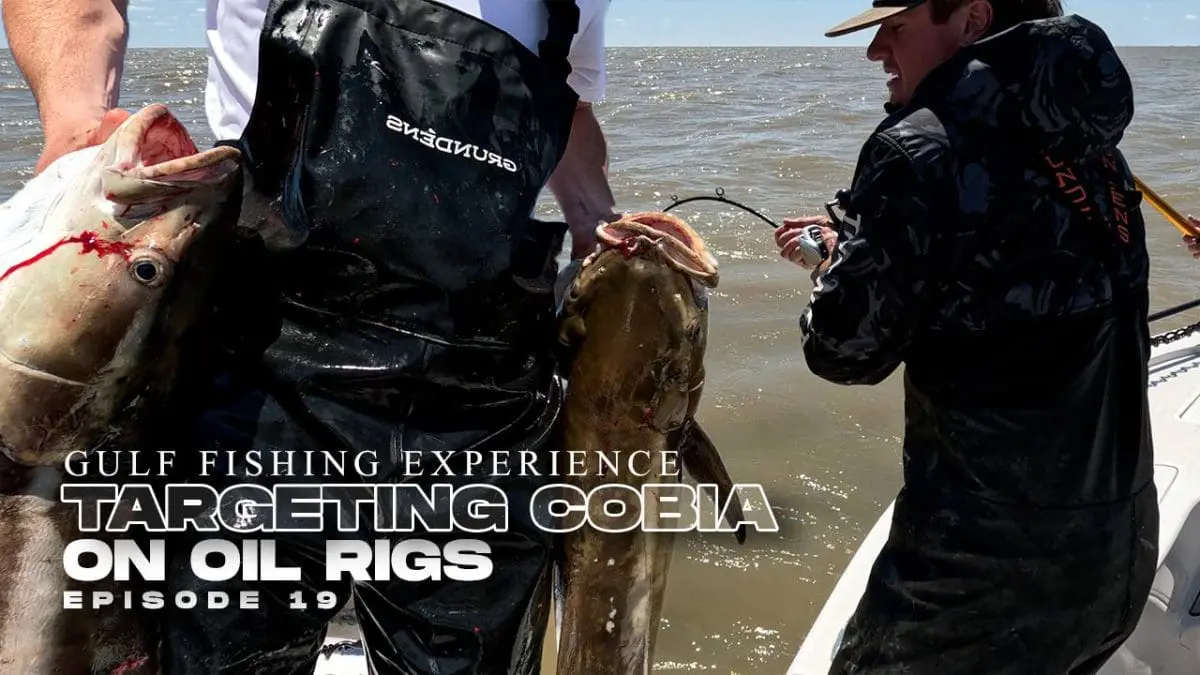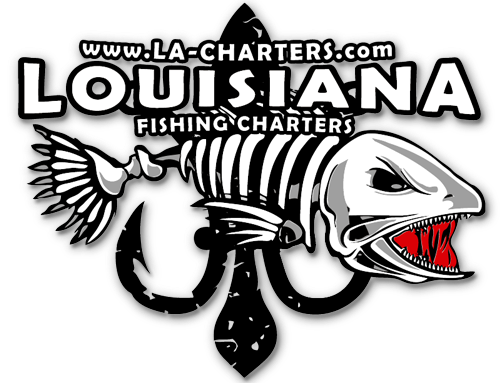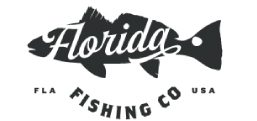Catching cobia on oil rigs in the Gulf of Mexico!
The Gulf of Mexico is known for its incredible saltwater fishing, and cobia are one of the most exciting species to target.
Cobia are known for their hard-fighting and aggressive nature, making them a thrilling catch for any angler. But, to catch these elusive fish, you need to know where to find them, what gear to use, and how to fish them effectively.
Watch Video: Cobia Fishing in the Gulf
How-To Catch Cobia
In this video, we take you on a journey to the Gulf’s oil rigs, looking for Cobia. We’ll share our expert tips and techniques for catching these fierce fish, from the best bait and tackle to the ideal rig setup.
Whether you’re a seasoned angler or a beginner, our guide will provide you with all the information you need to have a successful and exciting oil rig fishing experience for cobia. So, let’s dive in and discover the thrill of fishing for cobia in the Gulf of Mexico!
Saltwater Fish: Cobia
Cobia is a highly sought-after game fish that can be found in the Gulf of Mexico.
How big do Cobia Get?
It’s a large, powerful fish that can grow up to six feet long and weigh over 100 pounds. Cobia are typically found in warm waters, and in the Gulf of Mexico, they can be caught year-round in areas such as oil rigs, wrecks, and reefs.
Cobia are known for their hard-fighting and aggressive nature, making them a thrilling catch for any angler.
Cobia are commonly found throughout the Gulf of Mexico. In spring and early summer (March to June), they are often nearshore, cruising along the coast and around structures like piers, jetties, and buoys.
As the water temperature rises, they move to deeper waters and offshore structures like oil rigs and wrecks during the warmer months (June to September).
Where Cobia are Commonly Caught
| Season | Cobia Location | Catching Opportunity |
|---|---|---|
| Spring | Nearshore, along the coast | High |
| Early Summer | Nearshore, structures | High |
| Late Summer | Offshore structures | Moderate to High |
| Fall | Offshore structures | Moderate |
| Winter | South Florida, warmer areas | Low |
Cobia are active feeders throughout the day, with early mornings and late afternoons being productive.
To increase your chances of catching cobia, look for baitfish schools, floating debris, and areas with good water movement. Targeting these powerful fish can lead to a thrilling angling experience in the Gulf of Mexico.
Best Bait for Catching Cobia
Cobia are often attracted to live bait, such as eels, crabs, and small fish, and can also be caught using artificial lures.
If you’re looking for an exciting fishing experience in the Gulf of Mexico, targeting cobia is definitely worth considering.
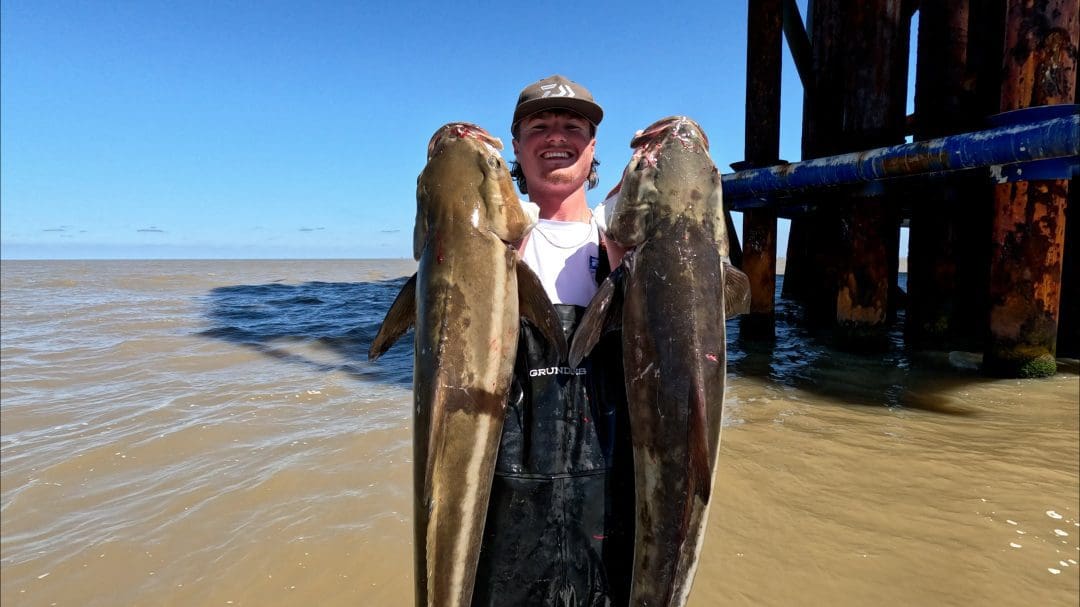
Trolling for Cobia
Trolling for cobia requires using large, brightly colored bucktail jigs with a soft plastic trailer or live baitfish like eels or small jacks.
The recommended trolling speed is around 4 to 6 knots, but it’s essential to adjust based on water conditions and fish behavior. Stay patient and alert for sudden strikes while targeting these powerful and elusive fish. Happy fishing!
Sight fishing for Cobia
Sight fishing for cobia can be an exciting experience. Look for them in clear, shallow waters near structures like buoys, wrecks, and debris.
Optimal habitats include sandy flats, nearshore reefs, and inlets. For lures, try bucktail jigs, swimbaits, or live bait like eels or pinfish.
Be patient and stealthy, as cobia can spook easily. Enjoy the thrill of watching them strike and hold on tight when you hook one!
Best Time(s) of the Day to Catch Cobia
| Fish Species | Good Time to Fish | Better Time to Fish | Best Time to Fish |
|---|---|---|---|
| Cobia | April – May | June – August | September – October |
| Wahoo | January – February | March – April | November – December |
| Red Snapper | May – June | July – August | September – October |
| Mahi-Mahi | April – May | June – July | August – September |
| Tuna | January – February | March – April | October – November |
| Grouper | March – April | May – June | September – October |
| King Mackerel | April – May | June – July | August – September |
| Amberjack | February – March | April – May | September – October |
| Swordfish | January – February | March – April | November – December |
| Sailfish | January – February | March – April | November – December |
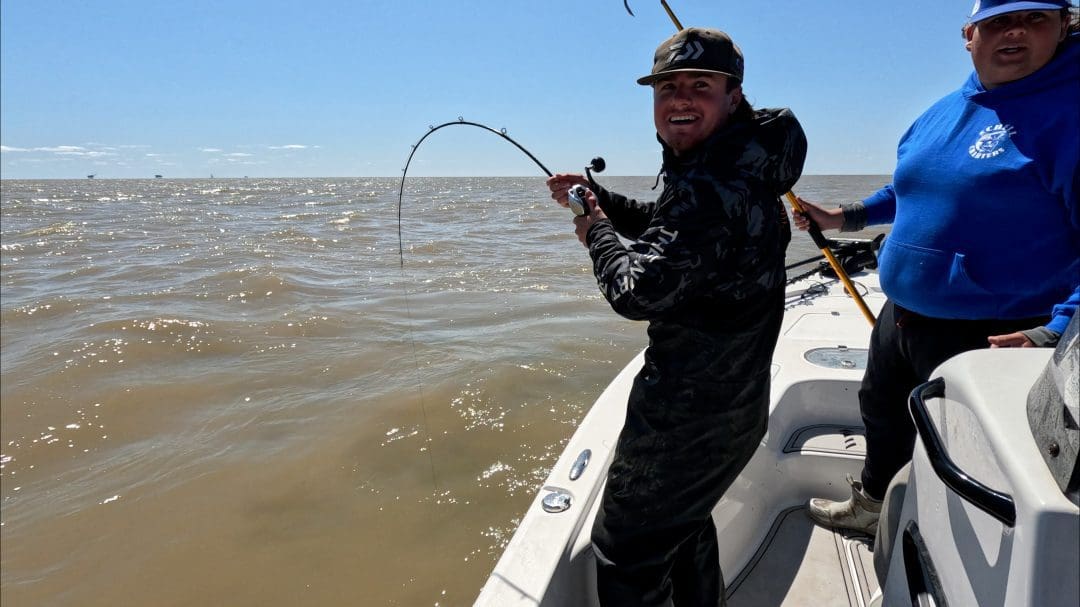
Finding Cobia in the Gulf of Mexico
Cobia is a popular game fish found in the Gulf of Mexico, particularly along the southern and eastern coasts. They are commonly found in open waters, around reefs, buoys, and other structures. Cobia are known for their strong swimming abilities and can often be found near the surface of the water.
In the Gulf of Mexico, cobia migrate seasonally and can be found in deeper waters during the winter months, while they move closer to shore in the spring and summer. They are known to feed on a variety of prey, including crabs, squid, and small fish.
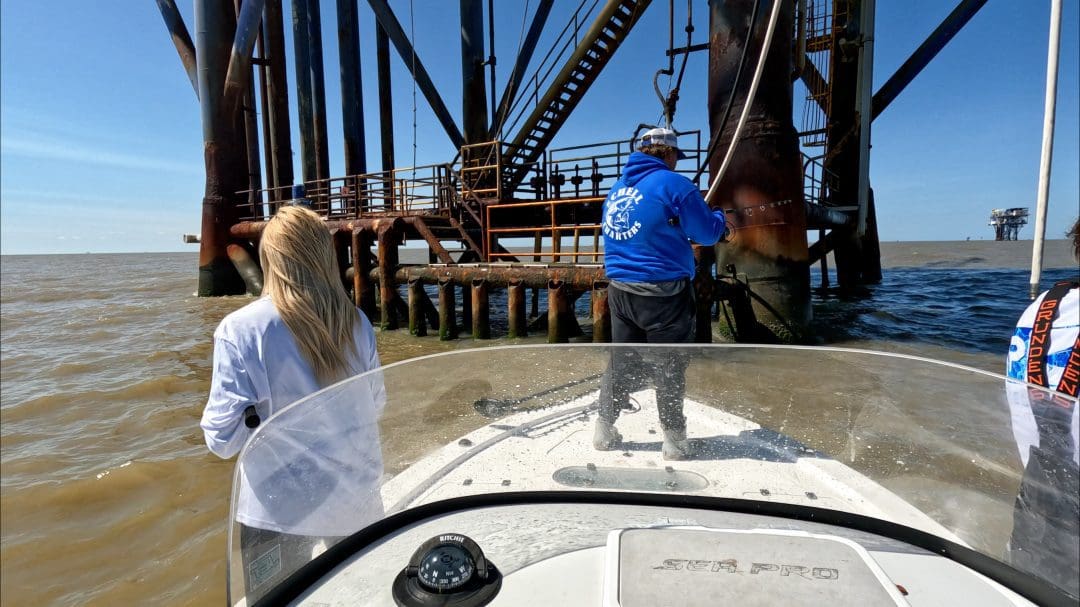
Cobia fishing is a popular activity in the Gulf of Mexico, with many charter boats and fishing guides offering trips specifically targeting this species. Some popular locations for cobia fishing include the waters around the Florida panhandle, Alabama, and Louisiana.
Cobia Fishing Charters
If you’re looking for a fishing charter to catch Cobia

